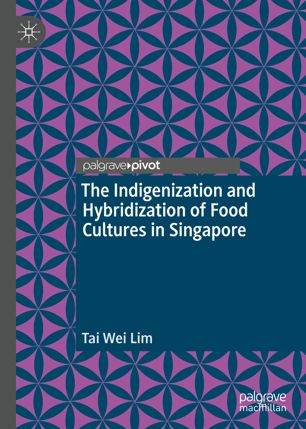

Most ebook files are in PDF format, so you can easily read them using various software such as Foxit Reader or directly on the Google Chrome browser.
Some ebook files are released by publishers in other formats such as .awz, .mobi, .epub, .fb2, etc. You may need to install specific software to read these formats on mobile/PC, such as Calibre.
Please read the tutorial at this link: https://ebookbell.com/faq
We offer FREE conversion to the popular formats you request; however, this may take some time. Therefore, right after payment, please email us, and we will try to provide the service as quickly as possible.
For some exceptional file formats or broken links (if any), please refrain from opening any disputes. Instead, email us first, and we will try to assist within a maximum of 6 hours.
EbookBell Team

4.0
26 reviewsThis pivot considers the use of porcelain vessels within multi-dialect cultural spaces in the consumption of cooked food in Singapore. In a place of ubiquitous hawker centres and kopitiams (coffee shops), the potteries used to serve hawker foods have a strong presence in the culinary culture of Singaporeans. The book looks at the relationship between those utensils, the food/drinks that are served as well as the symbolic, historical, socio-cultural and socioeconomic implications of using different kinds of porcelain/pottery wares. It also examines the indigenization of foreign foods in Singapore, using two case studies of hipster food – Japanese and Korean. While authentic Japanese and Korean cuisines find resonance amongst the youths of East Asia, some of them have adapted hybrid local features in terms of sourcing for local ingredients due to costs and availability factors. The book considers how these foods are hybridized and indigenized to suit local tastes, fashion and trends, and offers a key read for East Asian specialists, anthropologists and sociologists interested in East Asian societies.